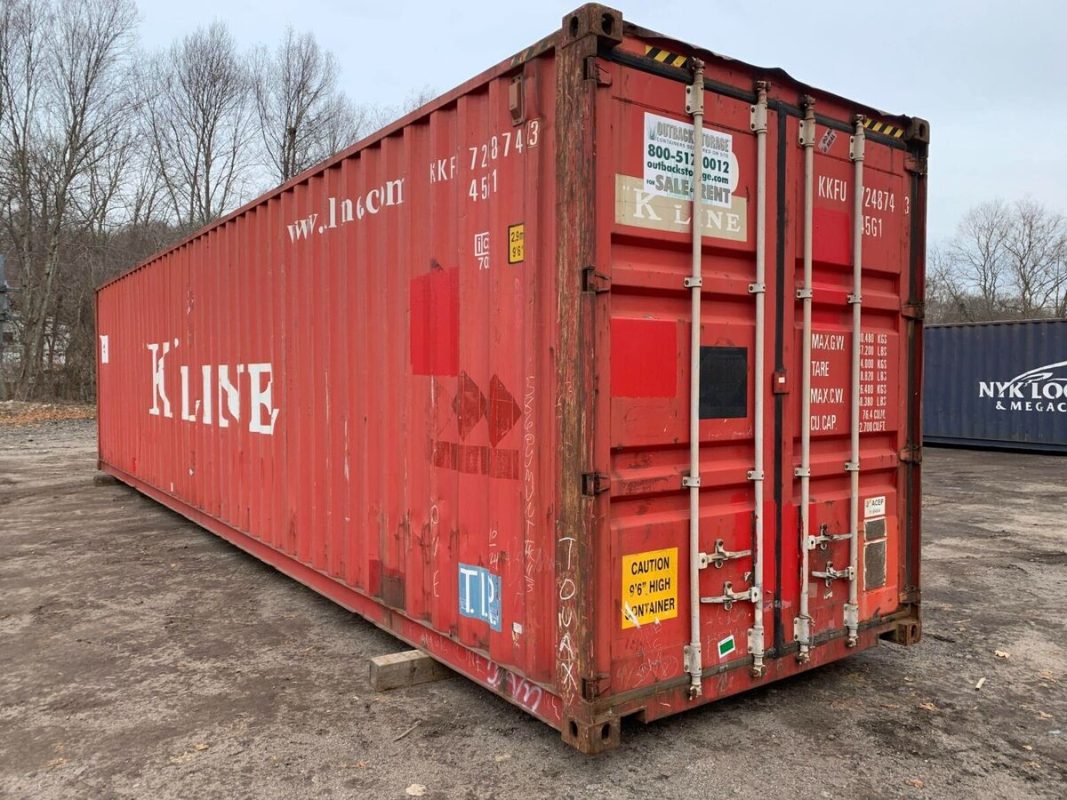Shipping Container Maintenance: How to Keep Your Container in Top Shape

Shipping containers are renowned for their durability and versatility, making them a popular choice for various applications, from storage to living spaces. However, to ensure that your container remains in top shape over the years, regular maintenance is essential. Here’s a comprehensive guide to keeping your shipping container in optimal condition.
1. Regular Inspections
Routine inspections are the cornerstone of effective container maintenance. Perform a thorough check at least once every six months to identify any potential issues early on. Look for signs of rust, dents, and damage to the container’s structure. Pay special attention to the corners and joints, as these areas are often prone to wear and tear.
2. Address Rust and Corrosion
Rust is one of the most common issues affecting shipping containers, particularly in coastal or humid environments. If you notice rust patches, it’s crucial to address them promptly. Start by cleaning the affected area with a wire brush to remove loose rust. Then, apply a rust-inhibiting primer followed by a high-quality paint designed for metal surfaces. Regularly repainting your container can help prevent rust from taking hold.
3. Seal Leaks and Gaps
Containers can sometimes develop leaks or gaps, especially if they’ve been subjected to rough handling. Inspect the seals around doors and windows to ensure they’re intact. Use a high-quality silicone sealant to fill any gaps or cracks to prevent water ingress. This not only protects the contents of the container but also helps maintain its structural integrity.
4. Maintain the Container’s Interior
The interior of your shipping container also requires attention. Ensure proper ventilation to prevent moisture buildup, which can lead to mold and mildew. If you’re using the container for storage, keep it clean and dry. For containers used as living spaces or offices, consider adding insulation and interior cladding to enhance comfort and energy efficiency.
5. Check the Container’s Structure
The structural integrity of your container is crucial for its longevity. Examine the floor, walls, and roof for any signs of bending, warping, or other damage. Pay particular attention to the container’s corner posts and support beams. Any significant structural issues should be addressed by a professional to avoid compromising the container’s stability.
6. Inspect and Maintain Doors and Locks
The doors and locking mechanisms of a shipping container are vital for security and accessibility. Regularly check the hinges, locks, and latches for smooth operation. Lubricate moving parts with a suitable oil to prevent rust and ensure they function correctly. If you notice any issues with the locking mechanism, replace it promptly to maintain security.
7. Address Structural Repairs Promptly
If you identify any significant damage or structural issues during your inspections, address them immediately. Small repairs can often be handled with DIY solutions, but more extensive damage may require professional intervention. Prompt repairs help prevent minor issues from escalating into major problems that could compromise the container’s usability.
8. Keep the Container’s Exterior Clean
Maintaining a clean exterior not only improves the container’s appearance but also helps in identifying potential issues early. Regularly wash the container with mild soap and water to remove dirt and grime. Avoid abrasive cleaners that could damage the paint or coating.
9. Protect Against Environmental Factors
Environmental factors such as extreme temperatures, saltwater, and high humidity can affect the container’s condition. If possible, position your container in a location that minimizes exposure to harsh environmental conditions. Consider using a container cover or protective coating to shield it from the elements.
10. Maintain Proper Documentation
Keep records of all maintenance activities, inspections, and repairs. Documenting this information helps you track the container’s condition over time and plan for future maintenance needs. It also provides valuable information if you ever decide to sell or repurpose the container.
Conclusion
Regular maintenance is essential for ensuring the longevity and functionality of your shipping container. By following these tips and addressing issues promptly, you can keep your container in top shape for years to come. Whether you’re using it for storage, living, or any other purpose, proper care will help you get the most out of your investment and maintain the container’s value.

